
Melasma vs Hyperpigmentation: The Differences and How to Treat Them
Have you ever struggled with skin discoloration? Whether mild, moderate, or severe, inconsistencies in the color of your complexion can be embarrassing. You may feel like you need to apply a lot of makeup to help your skin tone look more even. Some people might even see dark areas of discoloration on your face and mistake them for scars or bruises.
If you’ve been wondering what’s causing the dark spots on your complexion and how to get rid of them, you’ve come to the right place. Melasma and hyperpigmentation are the two primary causes of skin discoloration. Unfortunately, many people use these terms interchangeably, even though they differ. Here’s what to know about melasma vs. hyperpigmentation, their differences, and how to treat them.
What Is Melasma?

Melasma is a skin condition that causes patches of discolored skin. It can affect any part of the body, but it’s most prevalent on the cheeks, upper lip, forehead, chin, and nose bridge. Depending on what causes it to appear, melasma is only temporary for some people and permanent for others.
Melasma can range in severity from mild to severe. Some people may never know they have it because their symptoms are barely noticeable. Others may develop significant patches of discoloration that become difficult to hide, even with heavy makeup.
Differentiating between melasma and hyperpigmentation can be confusing. Many people use the terms interchangeably. However, they aren’t the same thing. Melasma does fall under the broad umbrella of hyperpigmentation, but not all hyperpigmentation is melasma. It’s kind of like how diabetes is a type of disease, but not all diseases are diabetes.
What Causes Melasma?
Many factors can contribute to the development of melasma. The condition is more common among women than men. It’s also surprisingly prevalent among pregnant women, with up to 50% experiencing pregnancy-related melasma. Fortunately, the skin condition usually clears up on its own after delivery.
Other potential causes of melasma include:
- Oral contraceptives and hormone changes
- Excessive exposure to sunlight
- Skin color (those with light-brown skin are at higher risk of developing the condition)
- Genetics (you’re more likely to have melasma if you have a family history of it)
Even if you have a genetic predisposition to melasma, you may still be able to minimize your likelihood of developing the condition by taking good care of your skin and avoiding excessive sunlight. If you still develop melasma despite your best efforts to avoid it, consider looking into treatment. If you’re curious how melasma vs hyperpigmentation treatments differ, they’re the same in many cases! They include chemical peels, laser treatments, and topical prescription medications.
Signs You Have Melasma
Melasma doesn’t cause any unpleasant sensations such as pain or itchiness. So, if you have either of these symptoms, you probably have some other type of skin condition. Here are a few clues you could be dealing with melasma:
- Discolored patches of skin flush with the rest of the skin (no raised bumps).
- Dark spots develop on the center of the face (chin, upper lip, or nose bridge) or both sides of the face.
- The dark patches tend to become more pronounced after sun exposure.
- Small discolored spots eventually merge with other spots to form larger areas of discoloration.
Melasma spots are usually either gray or brown. They’re almost always darker than the surrounding skin. If you’re not sure whether you’re dealing with hyperpigmentation or melasma, it can be helpful to seek a professional diagnosis.
What Is Hyperpigmentation?
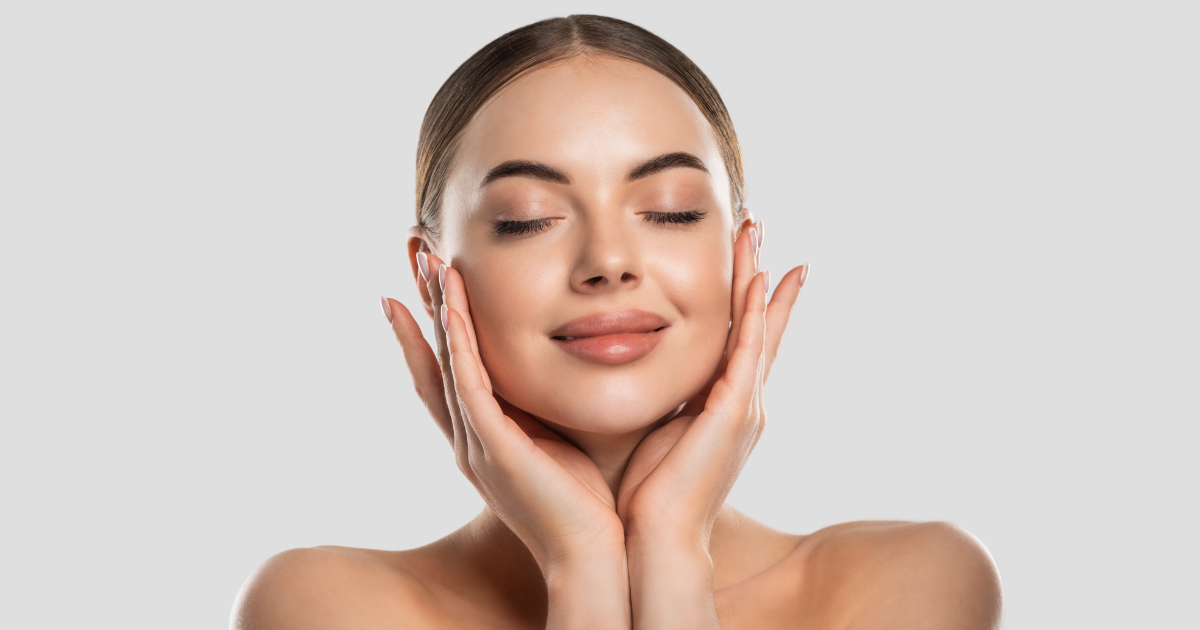
Hyperpigmentation refers to any melanin-caused darkening of skin pigment. It’s typified by patches of skin that appear darker than the surrounding skin. Sun spots, age spots, acne scars, freckles, and melasma all fall under the broad umbrella of hyperpigmentation.
What Causes Hyperpigmentation?
Just as with melasma, there are many potential underlying causes for hyperpigmentation. They include:
- Sun damage
- Hormone fluctuations (such as those that occur during pregnancy)
- Certain nutrient deficiencies (especially vitamin B12)
- Psoriasis, eczema, and other skin conditions
- Genetics (if one or more of your family members have the condition, you’re more likely to have it, too)
- Certain health conditions (such as thyroid disease and diabetes)
- Skin inflammation or injury
- Some antibiotics and drugs that increase the skin’s sensitivity to the sun
- Tobacco smoke
- Exposure to arsenic, lead, iron, gold, and other heavy metals
- Addison’s disease and other adrenal-related health conditions
When looking for the best hyperpigmentation treatment, talk to a qualified professional. They’ll explain the pros and cons of the top treatments so you can make an informed decision.
Signs You Have Hyperpigmentation
Since hyperpigmentation is such a broad term, it encompasses various skin discoloration problems. Symptoms include:
- Small brown or tan spots (known as freckles) that typically become darker after sun exposure and lighter in the winter
- Hyperpigmented areas on the sides of the face that become gradually darker in adulthood
- Skin discoloration after an injury or inflammation, such as skin rash, burn, acne, or wound
- Irregular dark patches on the face that appear or worsen with hormonal fluctuations
- Dark skin around the eyes (also known as periorbital hyperpigmentation)
- Darkening of the skin in high-friction areas such as the groin, armpits, or back of the neck
Hyperpigmentation can occur anywhere on the body, but the face is the most common location.
Treatments for Melasma and Hyperpigmentation
Though melasma and hyperpigmentation aren’t the same thing, they both deal with skin discoloration. Therefore, they share many of the same treatments, including chemical peels, topical prescription medications, and laser therapies. Here are some of the most popular aesthetic procedures for hyperpigmentation.
Morpheus8
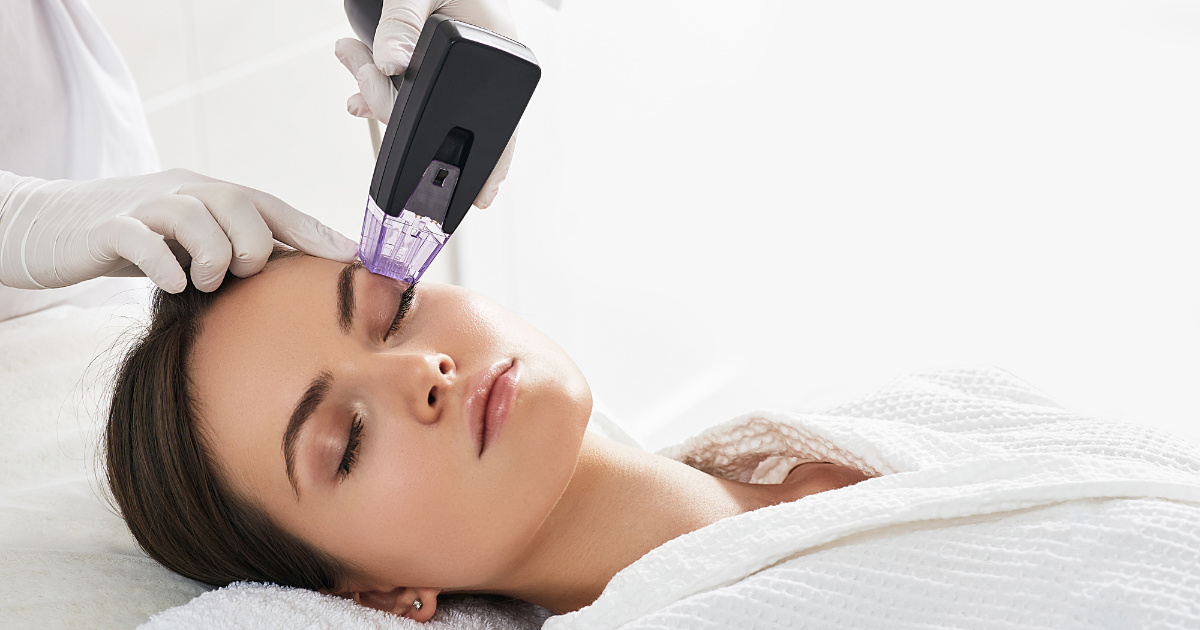
Morpheus8 is a revolutionary device that combines radiofrequency (RF) energy with classic microneedling technology. This treatment targets various aesthetic concerns, including acne scars, stretch marks, wrinkles, and hyperpigmentation.
One impressive Morpheus8 feature is the device’s ability to penetrate deeper into the skin than a standard laser. The radiofrequency energy travels through the various layers of the skin without causing tissue damage. Morpheus8 is a versatile treatment that lifts and firms the skin while diminishing wrinkles and fine lines. It may also reduce hyperpigmentation by targeting underlying causes, such as age spots and sun damage.
Chemical Peels
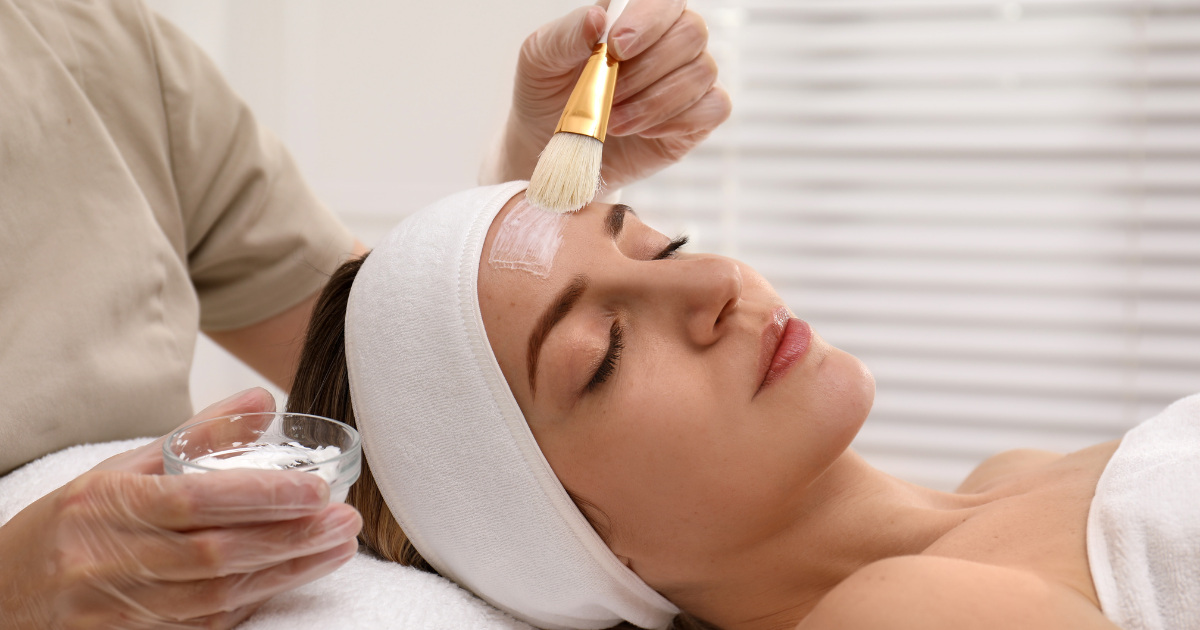
If you’re not ready to try laser treatment for hyperpigmentation, you can always try a chemical peel first. Chemical peels help minimize the appearance of dark spots by chemically exfoliating away the outer layer of skin. The outer layer is the one most impacted by hyperpigmentation.
A chemical peel treatment involves applying a carefully formulated chemical solution to the problem area. The solution causes the outer layer of skin to peel off. This exfoliation process can take several days, depending on the chemical type and strength. Once the outer layer of skin peels away and reveals the fresh skin underneath, many patients notice a reduction in pigmented spots.
C02 Laser
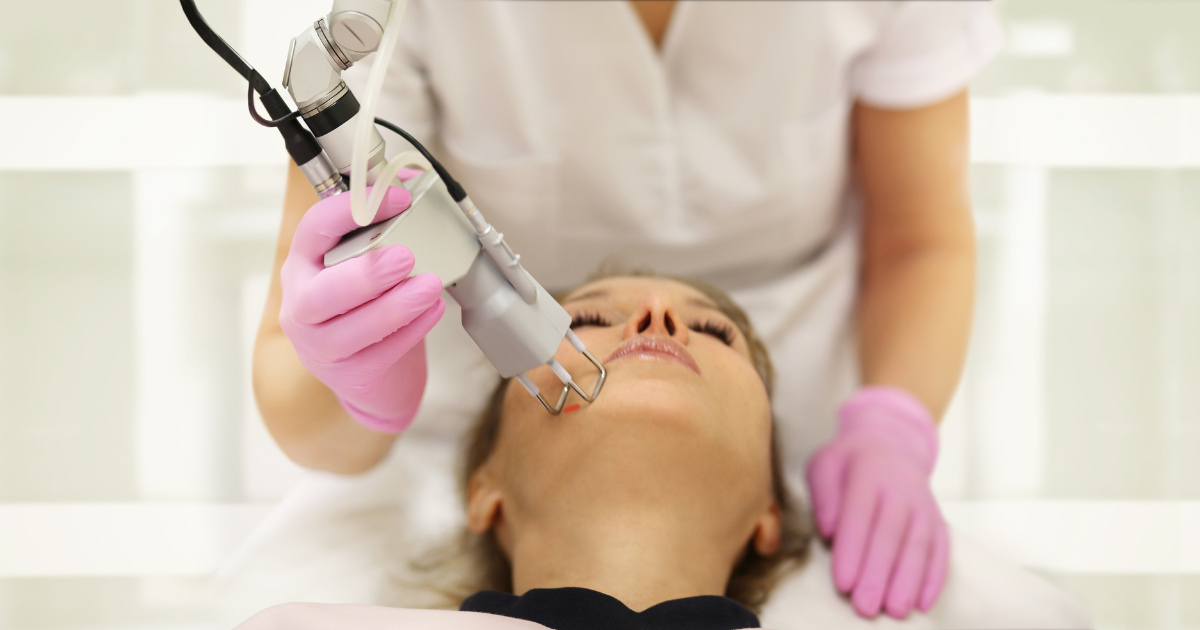
Laser treatments are some of the most effective options for reducing hyperpigmentation. The C02 laser for hyperpigmentation uses carbon dioxide to create tiny, controlled wounds in the skin. The body responds to the damage by producing fibroblasts that correct skin imperfections and generate new collagen. After treatment, the skin looks fresher, clearer, and more uniform in color.
C02 laser treatments are highly customizable. Depending on the targeted issue, your provider can vary the treatment intensity and depth. For topical pigment issues, most providers use a superficial depth setting, which provides optimum benefits with minimal discomfort.
It’s natural to experience facial swelling and redness for a few days after treatment. However, you may be able to fast-track your recovery by staying out of the sun, keeping your skin clean, and staying hydrated.
IPL
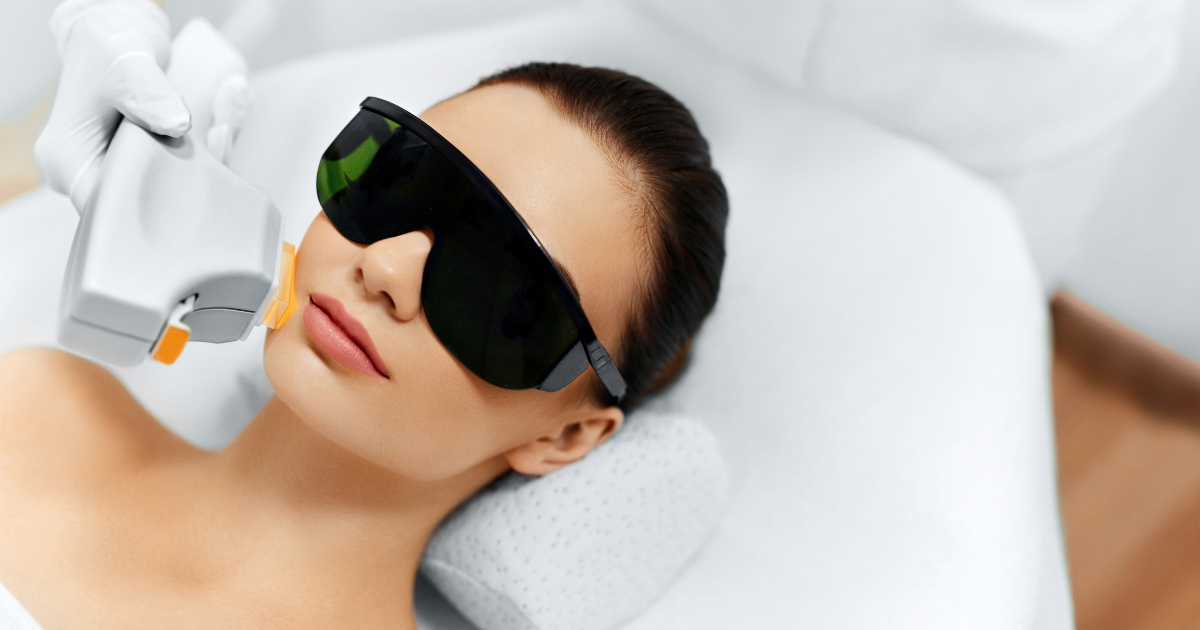
IPL is another laser therapy that can correct pigment issues in the skin. This popular hyperpigmentation laser treatment can track down errant pigments in the skin and treat them without harming other tissues in the area. In addition to minimizing classic melasma symptoms, it can also seek out red pigments and those caused by acne scarring. This versatility makes IPL one of the most preferred hyperpigmentation treatments for people nationwide.
There’s little to no downtime after the IPL. However, your skin might look red and swollen for a few days. Therefore, you might want to take some time off work to avoid unnecessary questions and potential embarrassment. You should also avoid sun exposure for 48 hours after treatment. Plan to keep your face clean and makeup-free for a couple of days after your procedure.
Minimize Hyperpigmentation Issues with Leading-Edge Treatments
Hyperpigmentation is a prevalent skin condition that may be fleeting or permanent, depending on the individual and the underlying cause. Though painless and physically harmless, it can wreak havoc on your self-esteem. For many people, hyperpigmentation also negatively impacts their social lives.
But don’t worry! The professionals at Invigorate Advanced Aesthetics have some great news. We offer leading-edge melasma and hyperpigmentation treatments, including hyperpigmentation laser treatments. Reach out to us at 303-635-6221 to learn more about available treatment options or to schedule your consultation.


 10/10 recommend!!! You guys are life savers!!
10/10 recommend!!! You guys are life savers!!